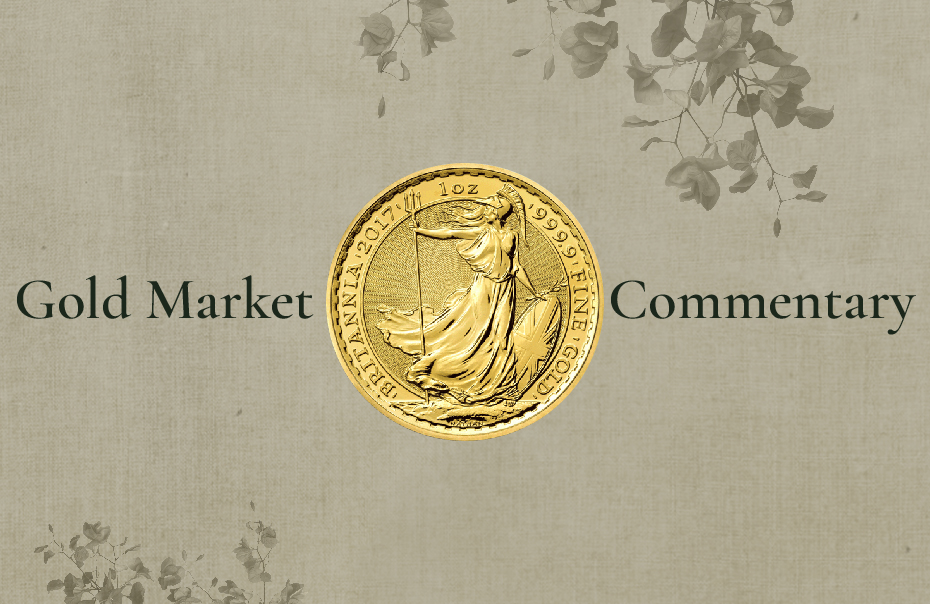- Gold prices hit a more than three-week high in mid-May, buoyed by worsening tensions between the United States and China, and seem set to rise further underpinned by central bank stimulus.
- Gold was at $1,737.50 per ounce on May 15, its highest level since April 23, benefiting from its safe haven status due to rising worries over US-Chinese relations, with President Donald Trump saying he could cut ties with Beijing.
- Expectations of dire economic data from the world’s biggest economies in the second quarter have raised prospects for further central bank stimulus, which is supportive to gold.
- While central banks in the U.S. and UK have appeared to pour cold water on prospects for negative interest rates, the debate is likely to continue as the economic downturn deepens.
- Many analysts see a constructive longer-term price outlook for gold, including flights to safety in the precious metal if equity markets plunge again.
- A signal of the growing attraction of bullion has been increasing inflows into gold-backed ETFs.
- “Big money has been pouring into gold-backed ETFs at record levels over the past few months which should give us an indicator here,” wrote Lawrie Williams, the gold market commentator with bullion dealer Sharps Pixley.
- Gold tends to do better in a climate of low-interest rates as bullion bears no yield.
- Central bank stimulus underpins gold which is seen as a hedge against inflation and currency debasement.
- For UK gold savers, a softening pound will boost returns in sterling terms from holding dollar-denominated gold, particularly if gold continues to rise in the longer term as many expect.
- The pound fell to its lowest level in more than five weeks against the dollar in mid-May due to a mix of pressures: Britain’s insistence not to extend its Brexit trade deal December negotiating deadline; the crushing impact of COVID-19 on the UK economy; the likelihood of more Bank of England stimulus, such as quantitative easing; and the dollar’s appeal as a safe haven currency at a time of extreme global economic uncertainty.
- UK gold savers may see holding gold as a way to protect themselves against a weakening domestic currency, as sterling has been the worst-performing G-10 currency so far in May.
- Some analysts expect the pound to fall further, due to forecasts for the increased contraction of UK GDP; a slow exit from the lockdown in the UK compared with other countries; a lack of progress in Brexit trade talks, in part due to COVID-19; and weak investor sentiment.
Gold prices hit a more than three-week high in mid-May, buoyed by worsening tensions between the United States and China, and seem set to rise further underpinned by central bank stimulus.
Gold was at $1,737.50 per ounce on May 15, its highest level since April 23, benefiting from its safe haven status due to rising worries over US-Chinese relations, with President Donald Trump saying he could cut ties with Beijing.
Expectations of dire economic data from the world’s biggest economies in the second quarter have raised prospects for further central bank stimulus, which is supportive to gold.
While central banks in the U.S. and UK have appeared to pour cold water on prospects for negative interest rates, the debate is likely to continue as the economic downturn deepens.
Many analysts see a constructive longer-term price outlook for gold, including flights to safety in the precious metal if equity markets plunge again.
A signal of the growing attraction of bullion has been increasing inflows into gold-backed ETFs.
“Big money has been pouring into gold-backed ETFs at record levels over the past few months which should give us an indicator here,” wrote Lawrie Williams, gold market commentator with bullion dealer Sharps Pixley.
Gold tends to do better in a climate of low interest rates as bullion bears no yield.
Central bank stimulus underpins gold which is seen as a hedge against inflation and currency debasement.
For UK gold savers, a softening pound will boost returns in sterling terms from holding dollar-denominated gold, particularly if gold continues to rise in the longer term as many expect.
The pound fell to its lowest level in more than five weeks against the dollar in mid-May due to a mix of pressures: Britain’s insistence not to extend its Brexit trade deal December negotiating deadline; the crushing impact of COVID-19 on the UK economy; the likelihood of more Bank of England stimulus, such as quantitative easing; and the dollar’s appeal as a safe haven currency at a time of extreme global economic uncertainty.
UK gold savers may see holding gold as a way to protect themselves against a weakening domestic currency, as sterling has been the worst performing G-10 currency so far in May.
Some analysts expect the pound to fall further, due to forecasts for increased contraction of UK GDP; a slow exit from the lockdown in the UK compared with other countries; a lack of progress in Brexit trade talks, in part due to COVID-19; and weak investor sentiment.









